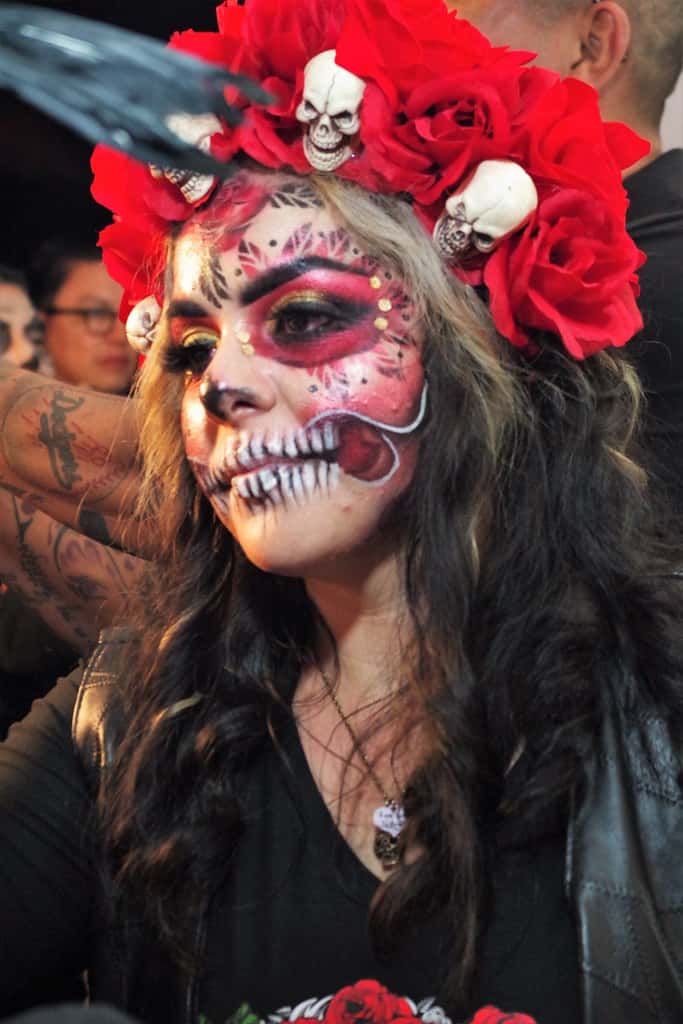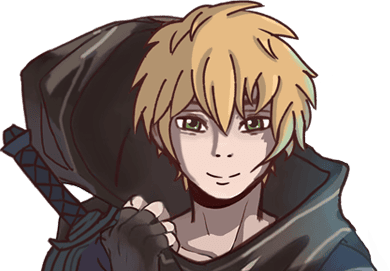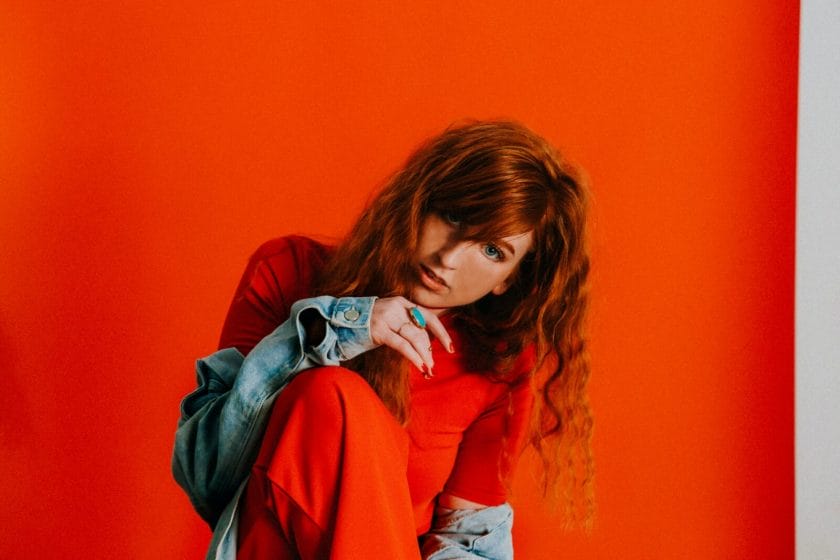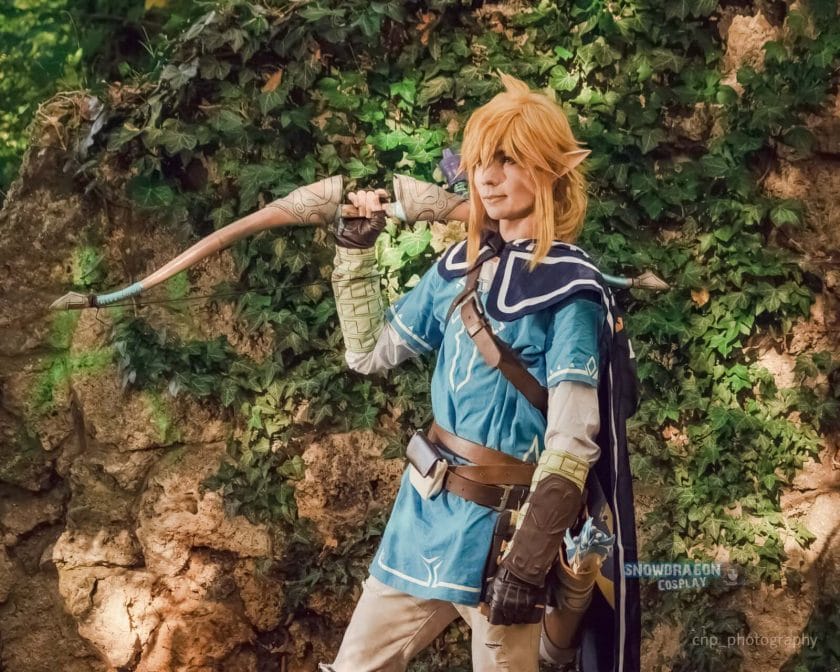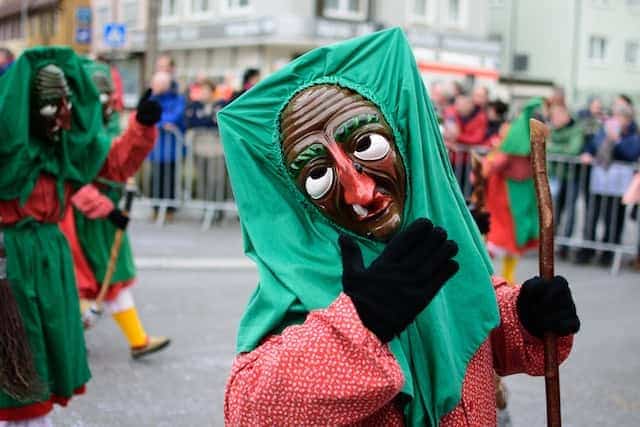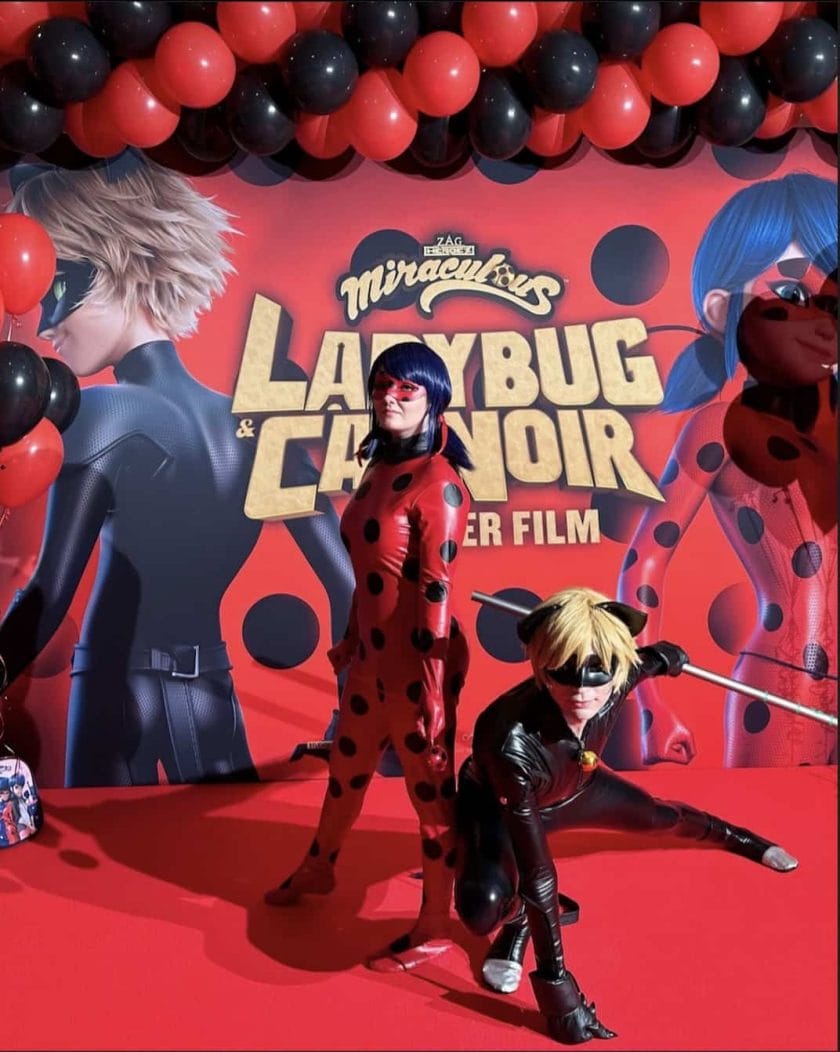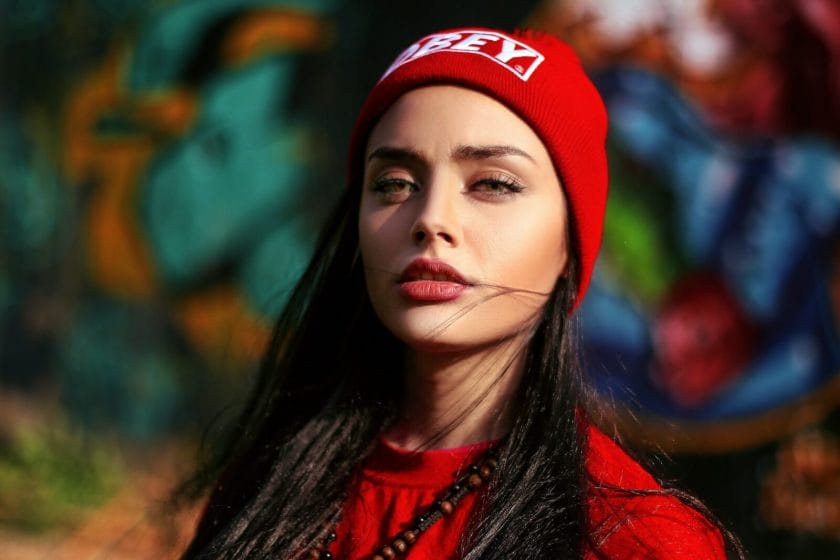[publishpress_authors_box layout="ppma_boxes_840322"]

The Significance of Dia de las Muertas Costume
Dia de las Muertas, or Day of the Dead, is a Mexican holiday celebrated on November 1st and 2nd. It is a time to honor and remember loved ones who have passed away. The costumes worn during this holiday hold great significance and play an important role in the festivities.
One of the main reasons why Dia de las Muertas costumes are significant is because they allow people to connect with their ancestors and embrace the cycle of life and death. By dressing up as deceased loved ones or as traditional skeletal figures, individuals can pay tribute to those who have passed away and keep their memory alive.
In addition, Dia de las Muertas costumes also serve as a way to express creativity and celebrate Mexican culture. The vibrant colors, intricate designs, and unique accessories used in these costumes reflect the rich traditions and customs associated with this holiday.
The Importance of Remembering Loved Ones
Dia de las Muertas is not a somber occasion but rather a joyful celebration of life. The costumes worn during this holiday help create a festive atmosphere where people can come together to remember their loved ones in a positive way. It allows them to honor their ancestors by embodying their spirits through costume and makeup.
Embracing the Cycle of Life and Death
In Mexican culture, death is seen as a natural part of life. Dia de las Muertas costumes symbolize this belief by portraying skeletons or calacas, which represent the souls of the departed. By wearing these costumes, individuals acknowledge that death is not something to be feared but rather accepted as part of the human experience.
Celebrating Mexican Culture
Dia de las Muertas costumes are deeply rooted in Mexican culture and tradition. They showcase the vibrant colors, intricate designs, and symbolic elements that are unique to this holiday. By wearing these costumes, individuals not only pay homage to their ancestors but also celebrate the rich cultural heritage of Mexico.
Overall, Dia de las Muertas costumes hold great significance as they allow people to remember loved ones, embrace the cycle of life and death, and celebrate Mexican culture. They play a vital role in creating a festive and meaningful atmosphere during this special holiday.
2. The Origin of Wearing Dia de las Muertas Costumes
The Origins of Dia de las Muertas
The tradition of Dia de las Muertas, or Day of the Dead, can be traced back to ancient indigenous cultures in Mexico such as the Aztecs and Maya. These cultures believed that death was not an end but rather a continuation of life in another form. They celebrated their deceased loved ones with rituals and offerings. Over time, this tradition merged with Catholicism when the Spanish colonized Mexico, resulting in the modern celebration known as Dia de las Muertas.
Evolution of Costume-Wearing
Originally, people would honor their deceased relatives by visiting their gravesites and creating altars adorned with flowers, candles, and favorite foods of the departed. However, as the celebration evolved, wearing costumes became a popular way to pay tribute to the dead. The costumes are meant to represent the spirits of those who have passed away and allow them to join in on the festivities.
Influence from Mexican Folklore
The choice to wear costumes during Dia de las Muertas is also influenced by Mexican folklore and mythology. Characters such as La Catrina, a skeletal figure dressed in elegant clothing and a wide-brimmed hat, have become iconic symbols associated with the holiday. These characters serve as reminders that death is a natural part of life and should be embraced rather than feared.
3. Common Elements and Symbols in Dia de las Muertas Costumes
Dia de las Muertas costumes often incorporate various elements and symbols that hold significant meaning within Mexican culture. Some common elements include:
Sugar Skulls
Sugar skulls are one of the most recognizable symbols associated with Dia de las Muertas costumes. These colorful skull-shaped candies are often used as face paint designs or incorporated into costume accessories. They represent the sweetness of life and are meant to honor the deceased.
Marigolds
Marigolds, or “cempaschil” in Spanish, are vibrant orange flowers that play a crucial role in Dia de las Muertas costumes. These flowers are believed to guide the spirits of the departed back to their loved ones during the celebration. They are often used as hair adornments or incorporated into costume decorations.
Papel Picado
Papel picado, which translates to “perforated paper,” is another common element found in Dia de las Muertas costumes. This decorative paper with intricate cut-out designs is used as banners or added to costumes as embellishments. It symbolizes the fragility and transience of life.
Candles
Candles hold great significance during Dia de las Muertas as they serve as a guiding light for the spirits returning to the world of the living. Many costumes include candles either as handheld props or incorporated into headpieces and accessories.
4. Choosing a Dia de las Muertas Costume: Criteria and Traditions
Choosing a Dia de las Muertas costume involves considering certain criteria and following traditional guidelines:
Honoring Deceased Loved Ones
When selecting a costume, it is important to keep in mind that the primary purpose of Dia de las Muertas is to honor deceased loved ones. Many individuals choose costumes that pay homage to specific family members or friends who have passed away by incorporating elements such as their favorite colors, hobbies, or personal belongings.
Respecting Cultural Appropriation
It is crucial to approach Dia de las Muertas costumes with respect for Mexican culture and avoid cultural appropriation. This means avoiding stereotypes and caricatures while appreciating and understanding the significance behind each element of the costume.
Incorporating Traditional Elements
To stay true to the traditions of Dia de las Muertas, costumes should incorporate traditional elements such as sugar skulls, marigolds, and papel picado. These symbols help connect the wearer with the deeper meaning behind the celebration and create a more authentic costume experience.
Personal Creativity and Expression
While honoring tradition is important, individuals are also encouraged to express their personal creativity when choosing a Dia de las Muertas costume. Adding unique touches or incorporating personal symbolism can make the costume more meaningful and reflective of the wearer’s own connection with death and remembrance.
5. Regional Variations and Specific Styles of Dia de las Muertas Costumes
Regional Variations
Dia de las Muertas costumes vary across different regions in Mexico, each showcasing their unique cultural elements. In the state of Michoacn, for example, women wear colorful skirts called “enaguas” with embroidered blouses and shawls known as “rebozos.” On the other hand, in Oaxaca, women opt for traditional dresses called “tehuanas” adorned with vibrant floral embroidery. In Yucatn, the costumes feature white huipiles (traditional blouses) and brightly colored skirts. These regional variations highlight the diversity and richness of Mexican culture.
Specific Styles
Within each region, there are specific styles of Dia de las Muertas costumes that hold significance. One such style is the “Catrina” costume, inspired by a famous etching by Mexican artist Jos Guadalupe Posada. The Catrina costume typically consists of an elegant dress or gown adorned with lace details and a large brimmed hat decorated with flowers and feathers. Another popular style is the “Calavera” costume, which features a skeleton motif. These costumes often include black clothing embellished with colorful skull designs painted on the face or mask.
Overall, the regional variations and specific styles of Dia de las Muertas costumes reflect the cultural diversity within Mexico while honoring the traditions associated with this holiday.
6. Symbolism Behind the Makeup in Dia de las Muertas Costumes
The makeup worn during Dia de las Muertas holds deep symbolism related to death and remembrance.
Skull Makeup
One common makeup choice is to paint one’s face like a skull or calavera. This represents the idea that death is an integral part of life and should be embraced rather than feared. The intricate designs often include vibrant colors, floral patterns, and ornate details, symbolizing the celebration of life even in the face of death.
La Catrina Makeup
Another popular makeup style is inspired by La Catrina, a well-known symbol of Dia de las Muertas. La Catrina makeup typically involves painting the face white and adding colorful accents such as flowers, hearts, or spiderwebs. This style pays homage to Posada’s original etching and represents the belief that death is a leveller, reminding us that beneath our external appearances, we are all equal.
The symbolism behind the makeup in Dia de las Muertas costumes serves as a powerful reminder to embrace mortality and honor loved ones who have passed away.
7. Traditional Accessories Accompanying a Dia de las Muertas Costume
In addition to the costumes themselves, there are several traditional accessories that accompany Dia de las Muertas attire.
Marigolds
Marigolds hold significant importance in Dia de las Muertas celebrations. These bright orange flowers are believed to guide spirits back to their loved ones during the festivities. They are often used to create elaborate floral arrangements or placed on altars dedicated to deceased family members.
Sugar Skulls
Sugar skulls, or “calaveras de azcar,” are another iconic accessory associated with Dia de las Muertas costumes. These intricately decorated skulls made from sugar represent the departed souls being honored during the holiday. They are often placed on altars or given as offerings to loved ones who have passed away.
Pan de Muerto
Pan de Muerto, or “bread of the dead,” is a traditional sweet bread baked specifically for Dia de las Muertas. It is shaped like a round loaf with bone-shaped decorations on top, symbolizing the circle of life and death. This delicious bread is often placed on altars as an offering to the deceased.
The traditional accessories accompanying Dia de las Muertas costumes add depth and symbolism to the overall celebration, creating a visually stunning and meaningful experience.
8. Evolution of Portrayal and Interpretation of Dia de las Muertas Costumes
Traditional Dia de las Muertas Costumes
One of the key aspects of the Dia de las Muertas celebration is the costumes worn by participants. Traditionally, these costumes have been inspired by the Mexican culture and folklore, often featuring vibrant colors and intricate designs. The portrayal and interpretation of these costumes have evolved over time, reflecting changes in society and cultural influences.
Influence of Aztec Culture
The Aztec civilization had a significant impact on the development of Dia de las Muertas costumes. Many traditional costumes incorporate elements from Aztec mythology, such as images of skulls and skeletal figures. These symbols represent the belief in the afterlife and serve as a way to honor deceased loved ones.
Influence of European Traditions
During the Spanish colonization of Mexico, European traditions also influenced the portrayal of Dia de las Muertas costumes. This can be seen in the use of lace, embroidery, and other decorative elements that were introduced by Spanish settlers. These additions brought a touch of elegance to the costumes while still maintaining their cultural significance.
Over time, Dia de las Muertas costumes have become more diverse and creative. Today, people often incorporate modern elements into their outfits, such as incorporating popular characters or themes into their costume designs. This evolution reflects a blending of traditional customs with contemporary influences.
9. Colors Associated with Dia de las Muertas Costumes and Their Meanings
Traditional Colors
Colors play an important role in Dia de las Muertas costumes as they hold symbolic meanings associated with this celebration. Traditional colors used in these costumes include:
– White: Represents purity and hope.
– Yellow: Symbolizes sun and unity.
– Purple: Represents mourning.
– Pink: Signifies happiness and celebration.
– Red: Represents life and vitality.
– Orange: Symbolizes the sun and a new beginning.
Modern Interpretations
In addition to the traditional colors, modern interpretations of Dia de las Muertas costumes often incorporate a wider range of colors. This allows individuals to express their creativity and personalize their outfits. While these modern interpretations may deviate from the traditional color symbolism, they still capture the festive spirit of the celebration.
It’s important to note that there is no strict rule regarding color choices for Dia de las Muertas costumes. Individuals are encouraged to choose colors that resonate with them personally or hold special meaning for their loved ones who have passed away.
10. Role of Flowers in a Typical Dia de las Muertas Costume: Types Used
Marigolds (Cempaschil)
Marigolds hold significant importance in Dia de las Muertas costumes. These vibrant orange flowers are believed to attract souls back to the living world during this celebration. They are commonly used as decorations, worn as floral crowns, or placed on altars dedicated to deceased loved ones.
Roses
Roses are another type of flower commonly used in Dia de las Muertas costumes. Their deep red color represents love and passion. Roses can be seen adorning various parts of a costume, such as embroidered onto clothing or incorporated into floral arrangements worn on the head or as accessories.
Cempaschil Petals
The petals of marigolds, known as cempaschil petals, also have a specific role in Dia de las Muertas costumes. They are often scattered along pathways leading to altars or gravesites, creating a colorful and fragrant path for spirits to follow back to the living world.
Flowers play an integral part in Dia de las Muertas costumes, adding beauty and symbolism to the overall attire. The choice of flowers used can vary depending on personal preferences and regional customs.
11. Homemade vs Store-Bought: Creating Dia de las Muertas Costumes
Homemade Costumes
Many individuals choose to create their own Dia de las Muertas costumes as a way to express their creativity and pay homage to their loved ones in a more personal manner. Homemade costumes allow for customization and unique designs that reflect individual tastes and cultural backgrounds.
Budget-Friendly Options
Creating a homemade costume can also be more budget-friendly compared to purchasing a store-bought one. By using materials readily available at home or sourcing affordable items from local stores, individuals can create stunning Dia de las Muertas costumes without breaking the bank.
Cultural Preservation
Making a homemade costume also helps preserve the cultural traditions associated with Dia de las Muertas. It allows individuals to immerse themselves in the process of creating something meaningful while learning about the history and significance behind different elements of the costume.
Store-Bought Costumes
While homemade costumes offer a personalized touch, store-bought options also have their advantages. Ready-made costumes provide convenience for those who may not have the time or resources to create their own outfits.
Variety and Accessibility
Store-bought costumes often come in a wide range of designs, styles, and sizes, catering to different preferences and body types. This accessibility makes it easier for individuals to participate in Dia de las Muertas celebrations even if they lack sewing or crafting skills.
Ultimately, whether choosing a homemade or store-bought costume, what matters most is participating in the celebration with respect for its cultural significance and honoring the spirits of loved ones who have passed away.
12. Appropriateness Guidelines for Wearing a Dia de las Muertas Costume
Cultural Sensitivity
When wearing a Dia de las Muertas costume, it is important to approach it with cultural sensitivity and respect. This celebration holds deep significance for the Mexican culture and should not be treated as a mere costume party.
Avoid Cultural Appropriation
Cultural appropriation occurs when elements of one culture are used without understanding or respecting their historical, religious, or cultural context. To avoid this, individuals should educate themselves about the meaning and symbolism behind Dia de las Muertas costumes before wearing them.
Appropriate Use of Symbols
Dia de las Muertas costumes often incorporate symbols such as skulls and skeletal figures. It is crucial to use these symbols in a respectful manner that honors the traditions and beliefs associated with this celebration. Using them solely for decorative purposes without understanding their significance can be seen as disrespectful.
Avoid Stereotypes
When choosing or creating a Dia de las Muertas costume, it is important to avoid perpetuating stereotypes or caricatures of Mexican culture. Instead, focus on representing the beauty and depth of this celebration by using authentic elements and paying tribute to its rich history.
By following these appropriateness guidelines, individuals can ensure that their participation in wearing a Dia de las Muertas costume is respectful and meaningful.
13. Gender Differences in Clothing and Attire for Dia de las Muertas Costumes
Traditional Gender Roles
In traditional Dia de las Muertas costumes, there are distinct differences between clothing and attire for men and women. These differences reflect traditional gender roles within Mexican culture.
Women’s Costumes
Women’s costumes often feature vibrant dresses adorned with lace, embroidery, or intricate patterns. They may also wear floral crowns or decorative headpieces. The emphasis is on femininity, elegance, and beauty.
Men’s Costumes
Men’s costumes typically consist of tailored suits or traditional charro outfits, which are elaborate and often adorned with intricate embroidery. Men may also wear sombreros or other traditional Mexican hats as part of their attire.
Breaking Gender Norms
In recent years, there has been a shift towards breaking gender norms in Dia de las Muertas costumes. Many individuals choose to express themselves freely by wearing attire traditionally associated with the opposite gender.
Gender-Inclusive Costumes
Gender-inclusive costumes allow individuals to celebrate the spirit of Dia de las Muertas without conforming to traditional gender roles. This inclusivity promotes diversity and encourages self-expression.
It is important to note that gender differences in clothing for Dia de las Muertas costumes may vary depending on personal preferences, regional customs, and individual interpretations of this celebration.
14. Children’s Participation in Wearing Dia de las Muertas Costumes
Celebrating Life and Death
Dia de las Muertas is a celebration that embraces both life and death. It is common for children to participate in this celebration by wearing Dia de las Muertas costumes.
Child-Friendly Designs
Children’s Dia de las Muertas costumes often feature age-appropriate designs that incorporate elements from traditional adult costumes while maintaining a playful and whimsical aesthetic. These designs may include colorful dresses or suits adorned with smaller-sized skulls, flowers, or other symbols associated with this celebration.
Fostering Cultural Understanding
By involving children in the tradition of wearing Dia de las Muertas costumes, parents can foster cultural understanding and appreciation from an early age. This allows children to learn about different cultures, traditions, and the importance of honoring and remembering loved ones who have passed away.
Parental Guidance
While children’s participation in wearing Dia de las Muertas costumes is encouraged, it is important for parents to provide guidance and context about the cultural significance of this celebration. Parents can explain the symbolism behind the costumes and help children understand the importance of respecting this tradition.
Children’s participation in wearing Dia de las Muertas costumes not only adds to the festive atmosphere but also helps pass down cultural traditions from one generation to another.
In conclusion, the “Dias de las Muertas” costume is a captivating and unique choice for those looking to celebrate this traditional Mexican holiday in style. With its vibrant colors and intricate designs, it pays homage to the rich cultural heritage of Dia de los Muertos. If you’re interested in exploring more cosplay options or need assistance with creating your own custom costume, we invite you to check out our cosplay services. Let us help bring your imaginative ideas to life!
